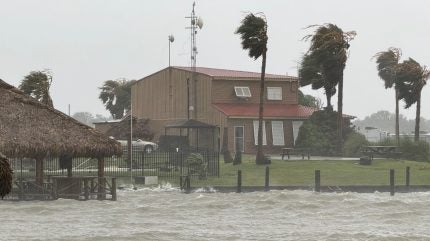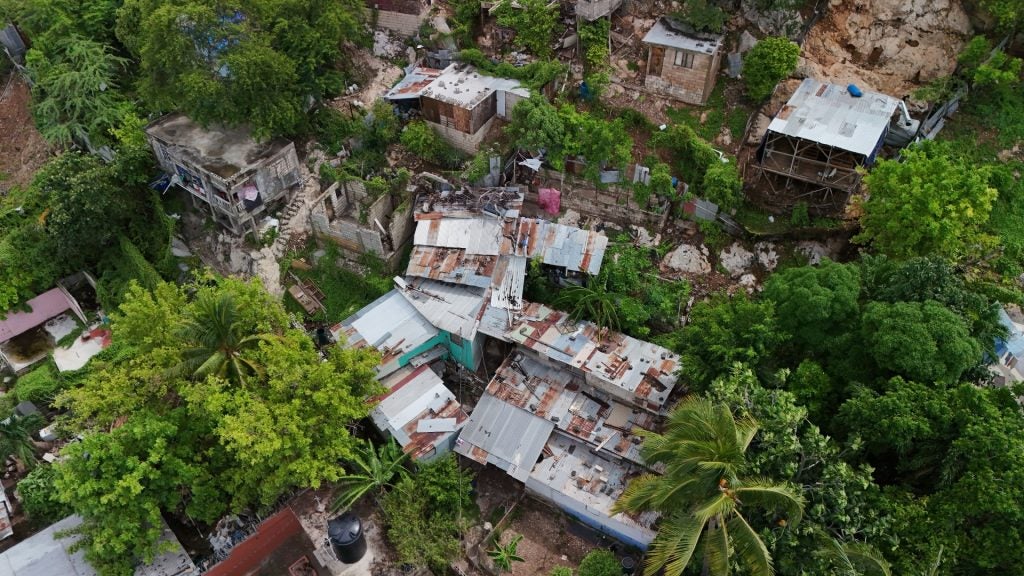
Amid rising climate risk and unprecedented ocean temperatures, businesses may need to brace for record hurricanes from the North Atlantic at unusually early or delayed times in the year, according to Dr Nicholas Leach, climate scientist at Climate X, a global climate risk analytics provider, and researcher at the University of Oxford.
Speaking on the GlobalData’s Instant Insights podcast, Leach explained that Hurricane Beryl, the earliest category 5 hurricane ever recorded when it made landfall in July as part of the 2024 season, highlighted how Atlantic hurricane seasons will change in the future.
“We define a hurricane season to be particular between these months, but as sea surface temperatures increase, that season is going to expand,” said Leach. “And so people have to be aware that the risk isn’t zero outside of the season, and we might see more of these kind of very intense hurricanes earlier in the season and also later.”
The Atlantic hurricane season, which runs from June 1 to November 30 every year, marks a period when tropical and subtropical cyclones are most likely to form over the North Atlantic ocean. It has previously included deadly hurricanes such as Hurricane Katrina in 2005 and Hurricane Harvey, which cost more than $150bn each in damages.
The 2024 season is forecast to be a particularly active one, due to a combination of record-breaking sea surface temperatures and other conditions such as an early La Nina phenomenon. Around 17 to 24 named storms are predicted, of which four to seven could become major hurricanes.
Although the 2024 hurricane season has not yet lived up to predictions, according to Leach, it is too early to say the forecasts may have overestimated hurricane numbers as the season is set to peak next month in September.
Impacts of hurricanes
Also speaking on the podcast, Ian Palao, vice president of strategic energy services and in-house meteorologist at Powwr, a global energy and utilities software provider, described the impact of record-breaking Hurricane Beryl, which left more than 2.5 million homes and businesses in Texas without power and damaged city infrastructure in some Caribbean countries.
“That storm came in and knocked down tons of poles and power lines and transformers,” he said. “It took a large feat of work on behalf of CenterPoint Energy and their various vendors to bring everything back up to where it was before, and also to make it stronger.”
“By the end of the first week, I think it dropped to a little over half a million people without power. And then, by the week after that, it was down to 100,000 or so. That’s a lot of work when you consider how many poles and how many miles of wires need to be strung.”
Economic challenges
Hurricanes pose a risk not just in terms of immediate infrastructural damage, but can also affect power supply and cause long-term adverse economic impact for business, Leach noted.

In this landscape of risk, both he and Palao emphasised the importance of building resilience for businesses.
“The first and most immediate way in which companies and businesses can prepare is to try and understand and be aware of the risk and take it into account,” said Leach. “The next steps is to try and actually use that information to form disaster preparedness plans – if a severe hurricane were to hit the area surrounding where my business is or my business is interested in, what impacts could that have?”
Explaining that financial instruments like weather derivates can boost protection for businesses,” Palao added: “Even though it doesn’t stop the hurricane, it limits the financial risk – everything from loss of revenue to loss of their cash funds, having to rebuild, loss of employees, or other losses they have.”



